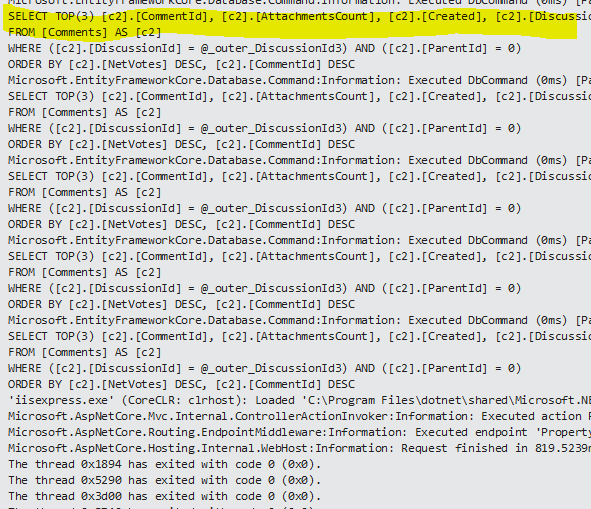Hi everyone,
A quick post on how to include the user’s id in your login response when using Web API 2.
The default response to the /Token request is as follows:
{
“access_token”: “xxxxxxxxxxxxx_xxxx”,
“token_type”: “bearer”,
“expires_in”: 1209599,
“userName”: “test@test.com”,
“.issued”: “Mon, 23 Apr 2018 06:08:03 GMT”,
“.expires”: “Mon, 07 May 2018 06:08:03 GMT”
}
Once the changes below have been made the response will include a userId field:
{
“access_token”: “xxxxxxxxxxxxx_xxxx”,
“token_type”: “bearer”,
“expires_in”: 1209599,
“userName”: “test@test.com”,
“.issued”: “Mon, 23 Apr 2018 06:08:03 GMT”,
“.expires”: “Mon, 07 May 2018 06:08:03 GMT”,
“userId”: “xxxxxxx”
}
There are three very small changes required in order to add this functionality.
First, add an additional argument to CreateProperties in ApplicationOAuthProvider.cs
public static AuthenticationProperties CreateProperties(string userName, string userId)
{
IDictionary data = new Dictionary
{
{ "userName", userName },
// Add
{ "userId", userId }
};
return new AuthenticationProperties(data);
}
Pass userId to CreateProperties in ApplicationOauthProvider.
// ApplicationOAuthProvider.cs > GrantResourceOwnerCredentials
ClaimsIdentity oAuthIdentity = await user.GenerateUserIdentityAsync(userManager, OAuthDefaults.AuthenticationType);
ClaimsIdentity cookiesIdentity = await user.GenerateUserIdentityAsync(userManager,
CookieAuthenticationDefaults.AuthenticationType);
// Add user id
AuthenticationProperties properties = CreateProperties(user.UserName, user.Id);
AuthenticationTicket ticket = new AuthenticationTicket(oAuthIdentity, properties);
context.Validated(ticket);
Pass userId to CreateProperties in AccountController.
// AccountController.cs > GetExternalLogin
if (hasRegistered)
{
Authentication.SignOut(DefaultAuthenticationTypes.ExternalCookie);
ClaimsIdentity oAuthIdentity = await user.GenerateUserIdentityAsync(UserManager, OAuthDefaults.AuthenticationType);
ClaimsIdentity cookieIdentity = await user.GenerateUserIdentityAsync(UserManager,
CookieAuthenticationDefaults.AuthenticationType);
// Add userid
AuthenticationProperties properties = ApplicationOAuthProvider.CreateProperties(user.UserName, user.Id);
Authentication.SignIn(properties, oAuthIdentity, cookieIdentity);
